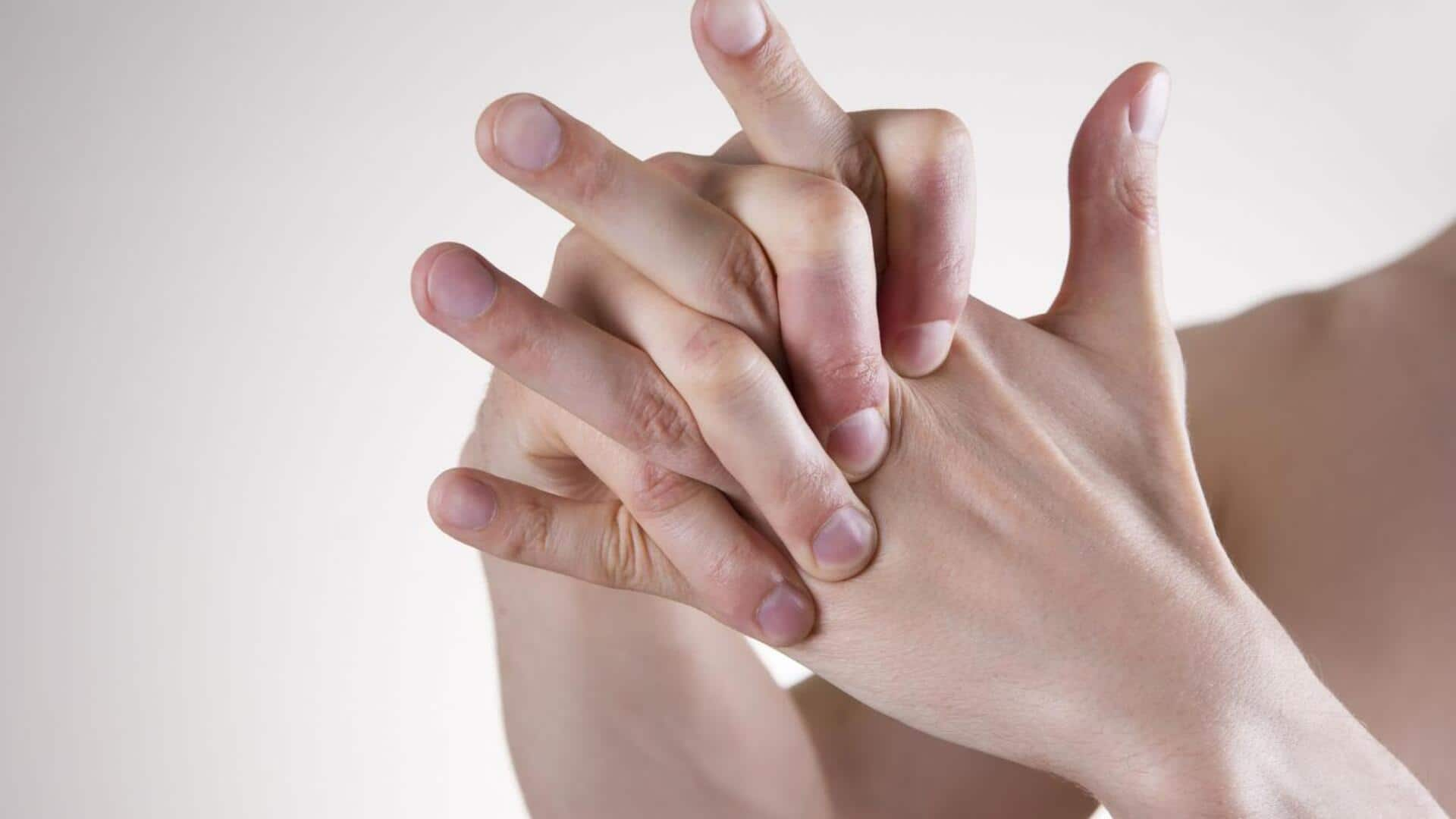
Say goodbye to stiff fingers with these quick exercises
What's the story
Finger joint agility is essential for a variety of tasks, be it playing musical instruments or typing fast. Performing regular exercises can improve flexibility and strength in your fingers, thus ensuring better hand function. Here are five effective exercises to improve your finger joint agility. They are easy and can be done anywhere, making them perfect for anyone looking to improve finger dexterity.
Stretching
Finger stretching routine
Finger stretching also helps in keeping your fingers flexible and preventing stiffness. For this exercise, extend your hand with fingers spread wide apart. Hold the stretch for a few seconds before relaxing your hand back into a fist. Repeat this process 10 times on each hand to make sure all joints are engaged.
Thumb flexion
Thumb flexion exercise
Thumb flexion focuses on your thumb's range of motion and strength. Start by extending your hand out with fingers straightened. Slowly bend your thumb across your palm towards the base of the little finger and return it to the original position. Repeat this exercise 10 times on each thumb.
Lifting
Finger lifts technique
Finger lifts emphasize on finger movement and control. Place your hand flat on a table or any hard surface with palms facing down. Slowly lift one finger at a time, keeping the others flat against the surface, then lower it down gently. Repeat the sequence twice for each finger.
Claw stretching
Claw stretch method
The claw stretch is great for improving overall finger flexibility and relieving tension in joints. Start by extending your hand with fingers straightened. Then, curl them into a claw shape by bending at both knuckles. Keep fingertips pointed towards the palm base without closing completely into a fist.
Grip strengthening
Grip strengthening exercise
Grip strengthening, using a stress ball or soft sponge, indirectly improves finger agility. Squeeze it 20 times daily, and you'll see your hand strength and dexterity improve. This consistent practice over time leads to noticeable improvements, supporting tasks requiring fine motor skills. Persistence and effort are essential for achieving these benefits, contributing significantly to better hand function and agility.